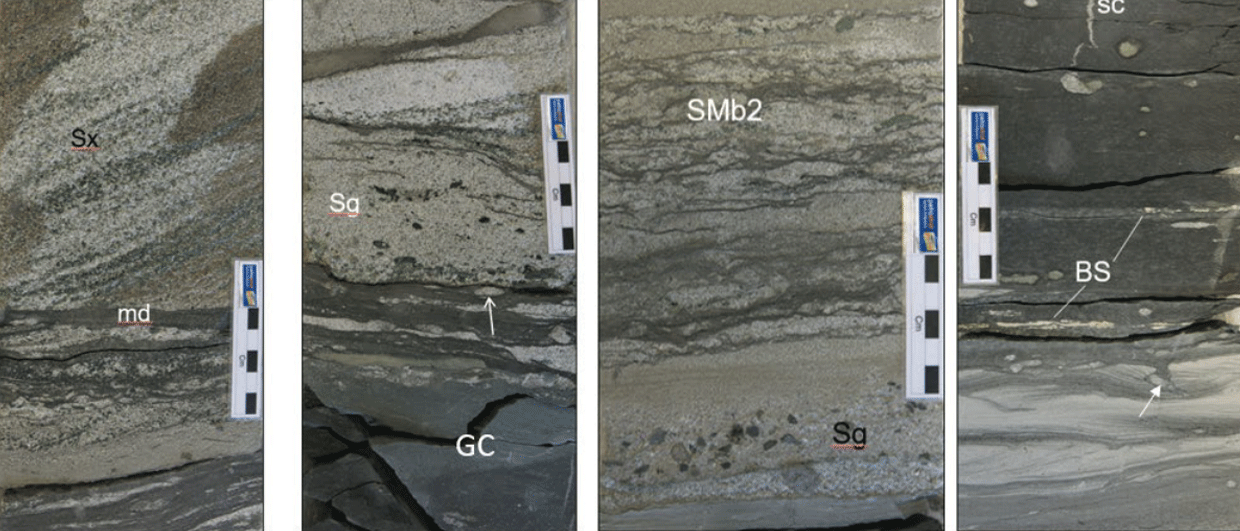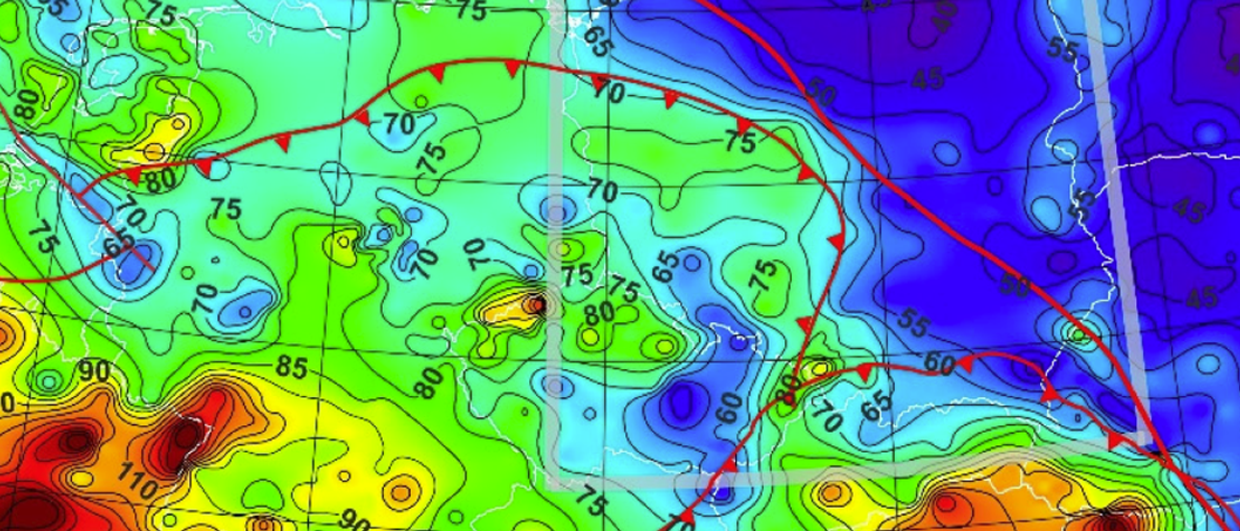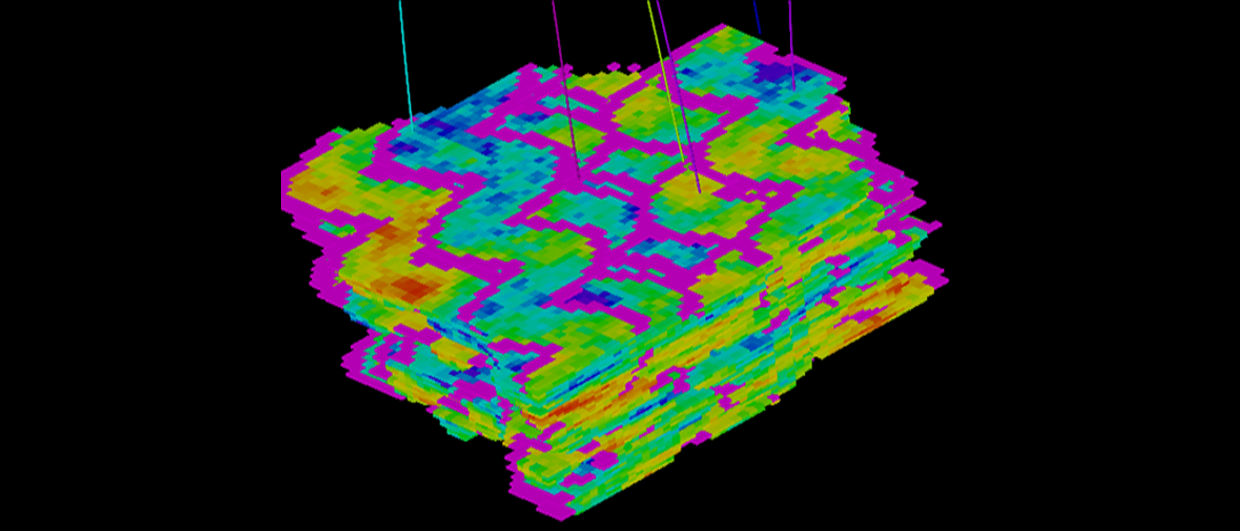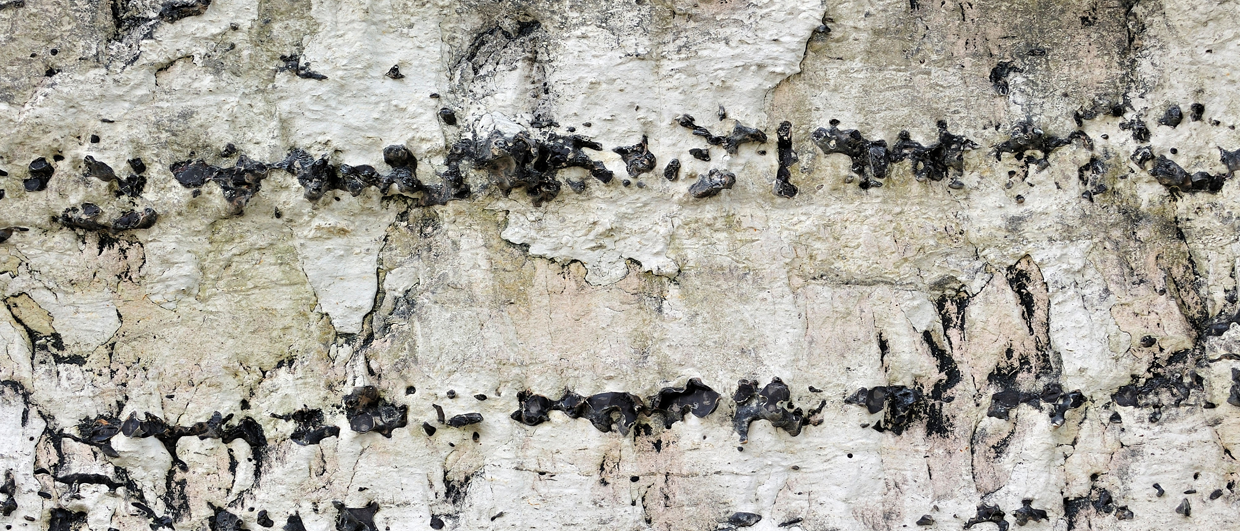With an annual average of 1,100 cubic metres of water plunging down its 108m-high face each second, Victoria Falls is unquestionably one of the world’s greatest natural wonders.
Location Map of the Victoria Falls, Zimbabwe and location of best viewpoints to see the falls in their full glory. Source: OpenStreetMap.
In the local Tsonga language, the name for Victoria Falls is Mosi-oa-Tunya: ‘the smoke that thunders’. As you approach the cataract, it’s easy to appreciate this evocative name: the sheer power unleashed by the enormous volume of water colliding with rock after its 108m freefall makes a visit to Victoria Falls a multi-sensory experience.
The falls’ deafening roar is so intense that you do not just hear it; you also feel its vibrations in your chest. The clouds of spray released by the impact, which rise far above the lip of the falls, coat you in a chilly mist and impart a sweet ‘rain’ smell that mixes in your nostrils with the pungent organic odours released by the region’s tropical vegetation.
Geological Formation of the Victoria Falls
The geological recipe for creating this superlative natural spectacle calls for two primary ingredients: lots of water and sufficient local relief. The lush rainforests of southern Angola supply ample water to the Zambezi River, on which the falls are located. And two geological events, which are most likely related to one another, have provided the relief: elevation of the so-called African Superswell’, the vast, low-relief plateau that comprises most of southern Africa, and the eruption of the erosionresistant Batoka Basalt, which is part of the approximately 180 million-year-old Karoo Large Igneous Province (LIP).
Chobe National Park
Boat cruises along the Chobe River are one of the easiest ways to glimpse the abundant wildlife in Chobe National Park. Credit: Lon Abbott and Terri Cook.
The Botswanan town of Kasane provides an excellent base from which to visit Victoria Falls, as well as Chobe National Park, a world-class game reserve best known for its large herds of elephants and the prides of lions that prey on them. Kasane sits on the south bank of the Chobe River, a major tributary that joins the Zambezi 50 km upstream of Victoria Falls. Near Kasane, both rivers meander through fertile swampland that offers ideal habitat for many iconic African animal species. The national park is vast, so visitors often embark on multi-day wilderness game drives from Kasane. But if your time is short, outstanding wildlife viewing can be had on even a half-day to day-long game drive or boat cruise.
The African Superswell and Superplume
Because Kasane is tropical, days there are hot and muggy, but the nights cool off nicely, thanks to the city’s 1,003m elevation. This is due to its position astride the African Superswell. Most geoscientists attribute the Superswell’s 1,000–3,000m elevation range to the buoyancy provided by unusually warm material in the underlying mantle below 1,500 km depth – an anomaly that geophysicists refer to as the ‘African Superplume’.
A brief helicopter ride above the falls offers a fabulous view of the narrow joint into which the water plunges. Credit: Lon Abbott and Terri Cook.
Although the Superplume’s presence is evident in seismic tomographic images, these geophysical data don’t reveal when the lower mantle beneath southern Africa first became warm enough to elevate the plateau. Two competing schools of thought are that the heating is either geologically recent or that it occurred about 180 million years ago, during the break-up of Pangaea. Support for the recent uplift hypothesis comes from the remnants of several peneplains: a series of widespread and relatively flat elevated surfaces first identified by geoscientists in the early 1900s. These surfaces have been interpreted as evidence that southern Africa has experienced repeated episodes of subsidence and uplift, with the last uplift episode having occurred recently. According to this theory, each time the land subsided, erosion graded a new peneplain to sea level; later, as the land again rose, these surfaces were raised to higher and higher elevations.
But the 180 Ma uplift hypothesis has recently been gaining favour for several reasons, including the observation that low-relief surfaces need not necessarily form at low elevation. Because the last time southern Africa was demonstrably at sea level was during Karoo Supergroup deposition between about 300–180 million years ago, this timing makes it less likely that the peneplains formed at sea level. In addition, recent studies employing apatite fission track and (U-Th)/He low-temperature thermochronometers have revealed that kilometre-scale erosion occurred in this region between 180–90 million years ago, suggesting the plateau rose following Supergroup deposition. Geodynamic models that reconstruct the changes in mantle convection produced by the break-up of Pangaea agree with these results, providing additional evidence that the African Superplume formed during that same 180–90 Ma time window and has been stable ever since.
The Batoka Basalts
The Zambezi River plunges over Victoria Falls along the Zambia-Zimbabwe border. Credit: Lon Abbott and Terri Cook.
The 85 km drive from Kasane to the town of Victoria Falls in Zimbabwe traverses a flat and nearly featureless plain that is capped by resistant Batoka Basalt. This 180 Ma-year-old rock is part of the Karoo-Farrar LIP, which erupted an estimated 2.5 million km3 of lava across a wide area of Gondwana just prior to the rifting that sundered India, Australia and Antarctica from Africa. These Karoo flood basalts crop out extensively across southern Africa, whereas their counterparts, the Farrar flood basalts, are exposed in Antarctica and Tasmania. Eruption of the Karoo-Farrar LIP probably accompanied the uplift and erosion of southern Africa’s vast plateau region, as indicated by the thermochronologic studies.
Above Victoria Falls, the Zambezi River wanders lazily across the flat, basalt-capped plain, trending eastward before bending to the south just upstream of the spectacle. What little topography exists on this section of the plateau consists of a series of linear gullies that have been eroded along the families of east-north-east- and eastsouth-east-trending joints that crease the basalt. These joints provide a chink in the basalt’s tough armour that the river could exploit to incise beneath the basalt cap — and form Victoria Falls.
Victoria Falls National Park
Even at the entrance station to Victoria Falls National Park, you can hear the roar of the falls, but the cataract is still hidden by the dense vegetation. A 200m walk along a cobblestone path quickly brings you to a statue of colonial explorer David Livingstone and, just beyond, to your first, incredible view. To the north the Zambezi River flows towards you in a shallow channel a full 1.7 km wide. Suddenly, the river plunges 108m down into a chasm less than 120m wide, which is carved along an east-north-east trending joint crossing the river’s path.
Best Viewpoints of the Victoria Falls
Visiting Victoria Falls, one of the world’s great natural wonders, is a multi-sensory experience. Credit: Lon Abbott and Terri Cook.
This first viewpoint is located at the falls’ western end along the trend of the joint. From here you can gaze east along the length of the mist-filled chasm, which is called the First Gorge. If you arrive during the March to June high water season, you’ll barely be able to see the curtain of plunging water through the prodigious mist. During lower water seasons, you’ll spy dozens of ribbons of cascading water separated by slight bedrock rises along the waterfall’s lip.
From this vantage point the path heads west, traversing a basalt peninsula perched high above First Gorge and connecting 15 viewpoints, each of which offers a unique and up-close perspective of the waterfall’s wide expanse. You will get a thorough soaking at viewpoints 6–12, which are especially close to the Main Falls, the section where the greatest volume of water tumbles over the precipice. Viewpoints 13 and 14 offer drier viewing of the elegant tendrils that comprise the Horseshoe Falls segment, whereas the next section, which runs between viewpoints 14 and 15 (aka Danger Point due to the lack of any protective railings!), is known as Rainbow Falls because of the mist-produced rainbows that form here on sunny afternoons.
Danger Point is a particularly good place to examine outcrops of Batoka Basalt. The Zambezi River, which forms the international border between Zimbabwe and Zambia, exits First Gorge through a narrow canyon west of this point. An additional viewpoint on the opposite side of the peninsula from the falls offers an impressive view of the Victoria Falls Bridge. A true engineering marvel when it was completed in 1905, this bridge now serves as a major road link between Zimbabwe and Zambia, as well as a popular bungee-jumping location for shrieking tourists hurling themselves into the narrow gorge below.
The Batoka Gorge
In addition to fascinating geology, Batoka Gorge offers a variety of adventure activities, including whitewater rafting around these sharp river bends, zip-lining, and bungee jumping off the historic Victoria Falls Bridge (top left). Credit:Lon Abbott and Terri Cook.
The fundamental importance of the basalt’s joint network for the formation and evolution of Victoria Falls is graphically illustrated below the cataract by the course of the river through Batoka Gorge, as it zig-zags up to 150° from one joint to the next. This convoluted path is immediately apparent if you splurge on a scenic helicopter ride or drink in the amazing view from the Lookout Café.
After tumbling over Victoria Falls, the Zambezi’s water flows east-southeast down First Gorge’s joint-controlled slot, then rounds the promontory below Danger Point before abruptly turning west-south-west to flow through Second Gorge along an intersecting joint. Lookout Café is perched on the rim above the point where the river executes another impressive turn to head eastsouth-east through joint-controlled Third Gorge. The river then abruptly changes course several more times, passing through a series of 1–2 km-long linear reaches known as Fourth, Fifth, and Sixth gorges, each of which is controlled by a joint or fault.
Paleo-Victorial Falls: Migration Rate
The geomorphological work done by the Zambezi’s plunging water constantly undercuts the base of the falls, a process that eventually causes the entire cliff to collapse. By this mechanism, Victoria Falls migrates inexorably upstream. The northern walls of gorges Two through Five have all been polished and abraded by flowing water, revealing that each was once the former site of a paleo-Victoria Falls. But just how long ago were the falls plunging at each of these locations?
The first piece of evidence to answer this question comes from a terrace containing the ancient river gravel that overlies the basalt above the Batoka Gorge rim for a distance of 20km downstream from the modern falls. Clearly, this section of the gorge was cut after the river deposited these gravels, which means that Victoria Falls stood 20 km downstream of its present position at that time. Dating river gravels can be tricky, but fortunately these gravels contain stone artefacts that archaeologists have linked to the Middle Stone Age Lupemban culture, which thrived between 250,000 and 300,000 years ago. Twenty kilometres of retreat over that interval yields an average upstream retreat rate of 0.067–0.080m a year.
Another constraint is offered by deposits of Kalahari sand that overlie these gravels downstream of Third Gorge. The sand hosts artefacts belonging to the late Middle Stone Age Tshangulan culture, which archaeologists date at 71,000–57,000 years. Because this sand is absent between the modern falls and Third Gorge, a distance of almost 3 km, scientists have reasoned that during the late Middle Stone Age the paleo-Victoria Falls stood at the downstreamend of Third Gorge, a conclusion thatimplies it has retreated at an averagerate of 0.042–0.052m a year since that time.
The Victoria Falls Will Disappear
If the falls keep retreating upstream at this rate, within the next million or so years the river will pass beyond the western limit of the Batoka Basalt flows near Kasane. Once deprived of this resistant caprock, the river will quickly and efficiently erode the underlying rocks, and Victoria Falls will cease to exist. Fortunately, the geologic wonder of the smoke that thunders still graces the landscape during our time.





